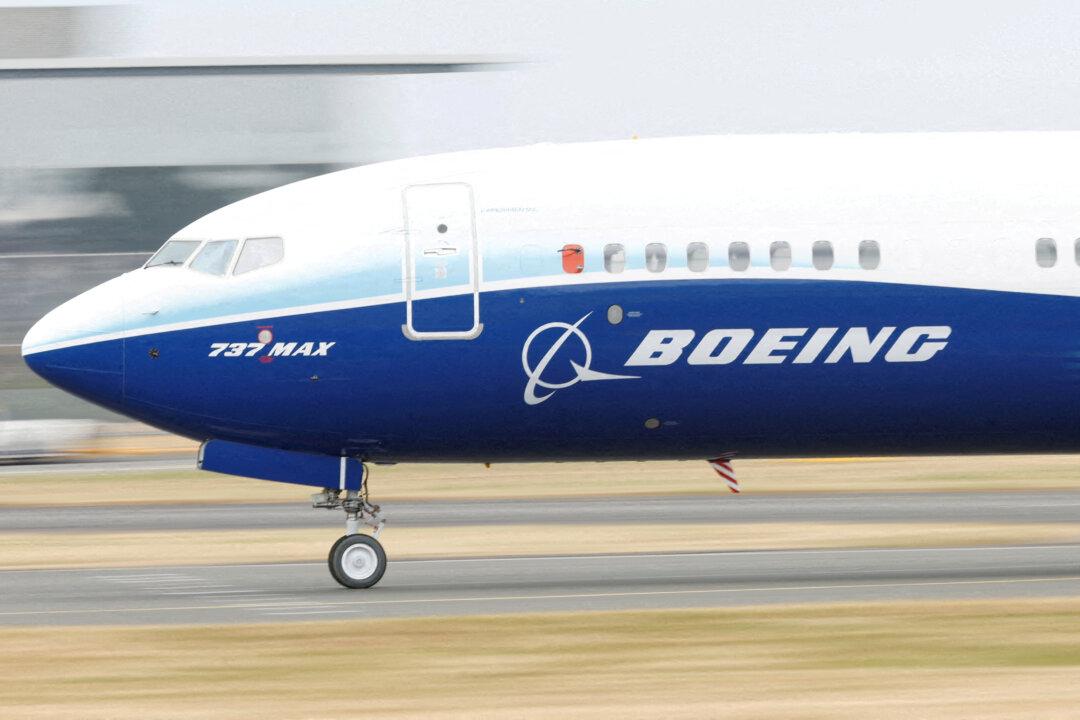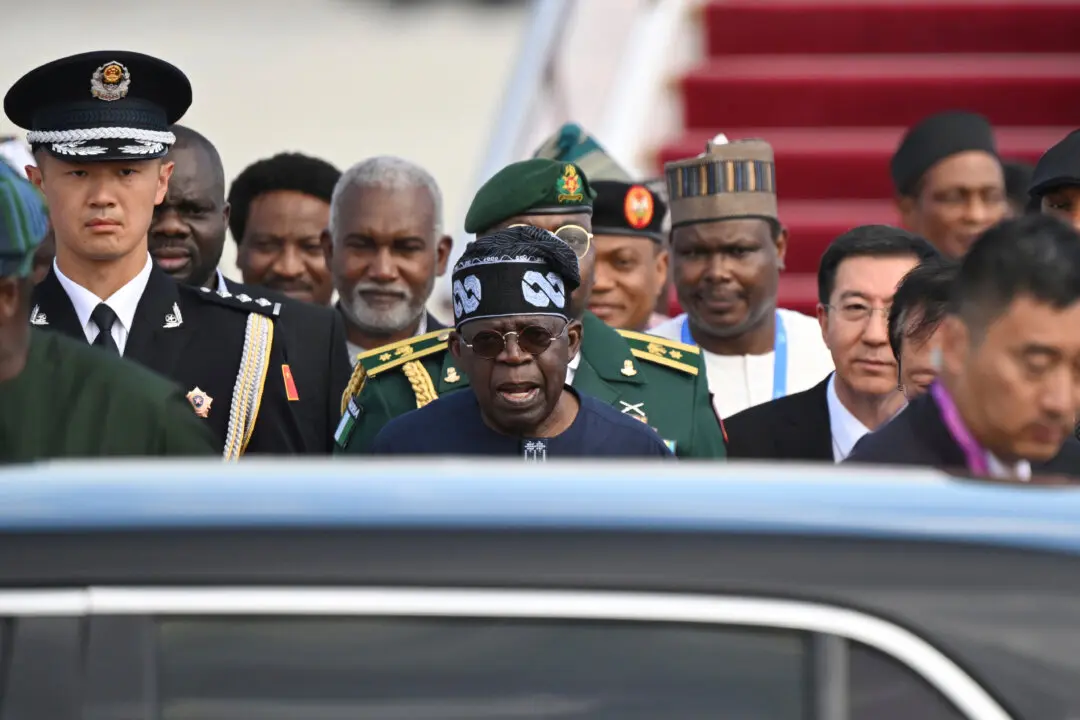Boeing Co. is still facing parts shortages as the supply chain remained unstable and unpredictable, its finance chief said on Wednesday.
Boeing aims to increase production of its bestselling 737 MAX narrowbody jetliner from a stable rate of about 31 jets a month to 38 by the end of the year. The timeline for the ramp-up will hinge on whether MAX suppliers are stable and ready to support the higher rate, Chief Financial Officer Brian West said at a Cowen conference.





